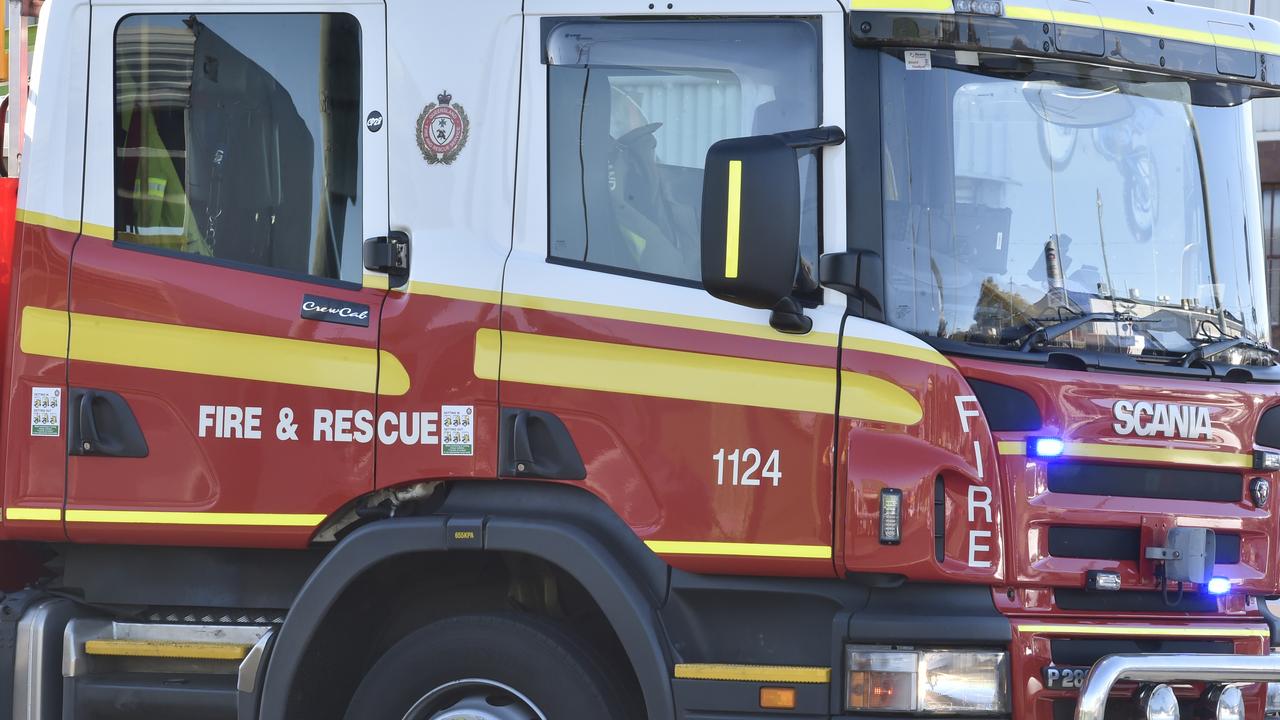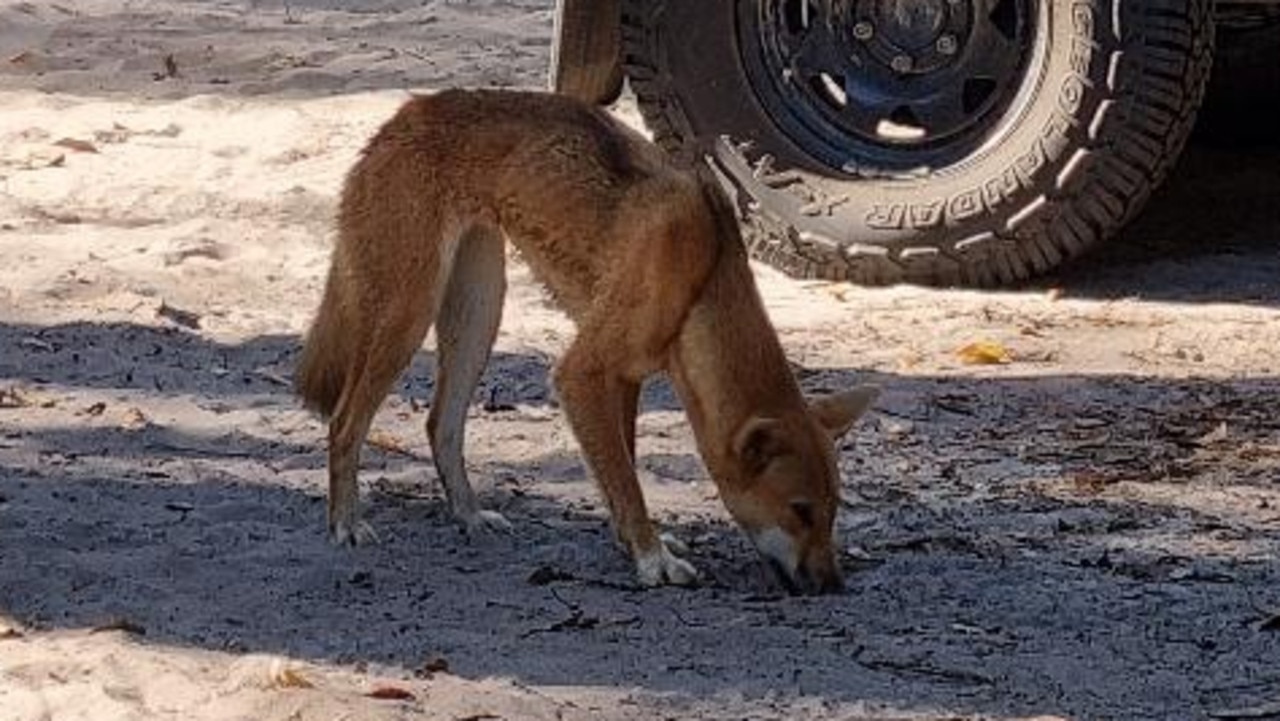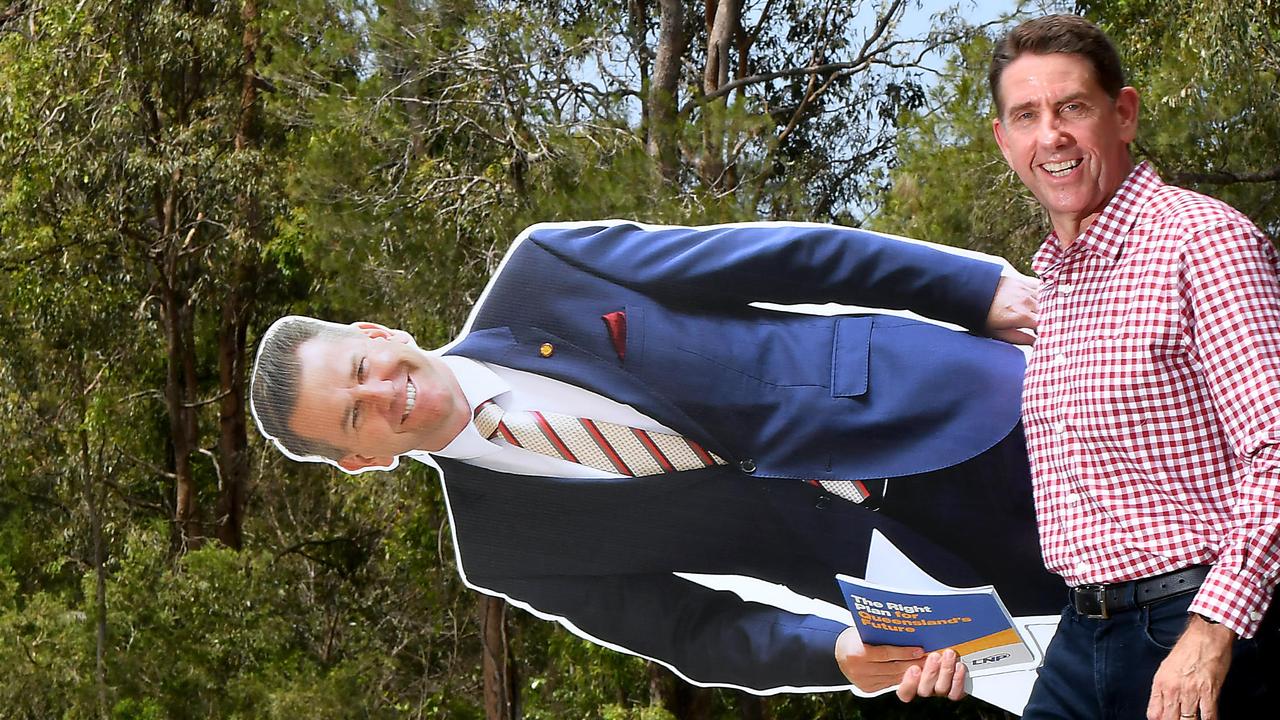Bundaberg Regional Council fosters Anzac Park development over CBD upgrades
More than five years ago, Bundaberg council unveiled ambitious plans for a futuristic CBD. Now, the Rum City’s heart is at a standstill, with every explanation leading back to the same core reason.
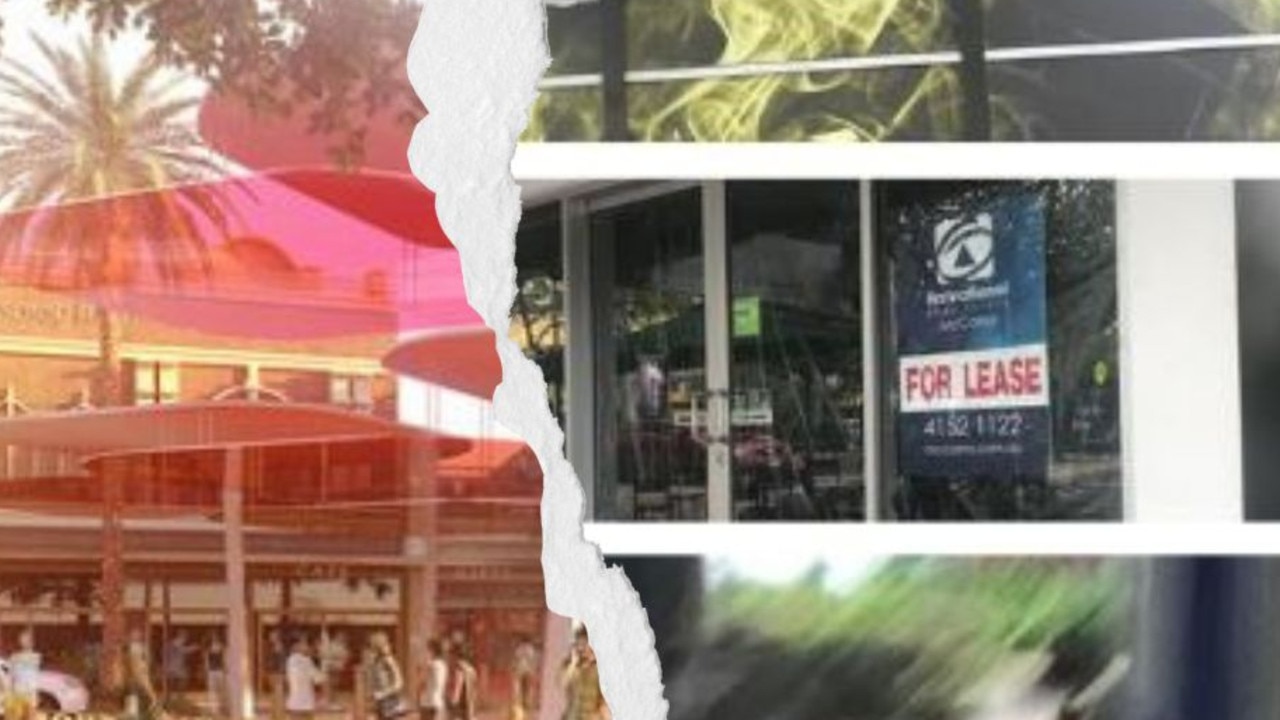
Bundaberg
Don't miss out on the headlines from Bundaberg. Followed categories will be added to My News.
On most weekdays, you’d be hard pressed getting a park in Bundaberg’s CBD. The city centre is as bustling as ever.
But age-old bugbears remain half a decade after promises were made to revamp the city and nearly a full council term after candidates voiced their plans to fix the big issues.
In 2023, issues from recent decades such as empty shops are still as apparent as ever, but they’re also met with new concerns - a perceived dwindling lack of heritage, an influx of vape and tobacco stores and the fact so many are sleeping rough on the city’s streets.
Here we take a look at the big issues in the city centre and what is being done to address them.
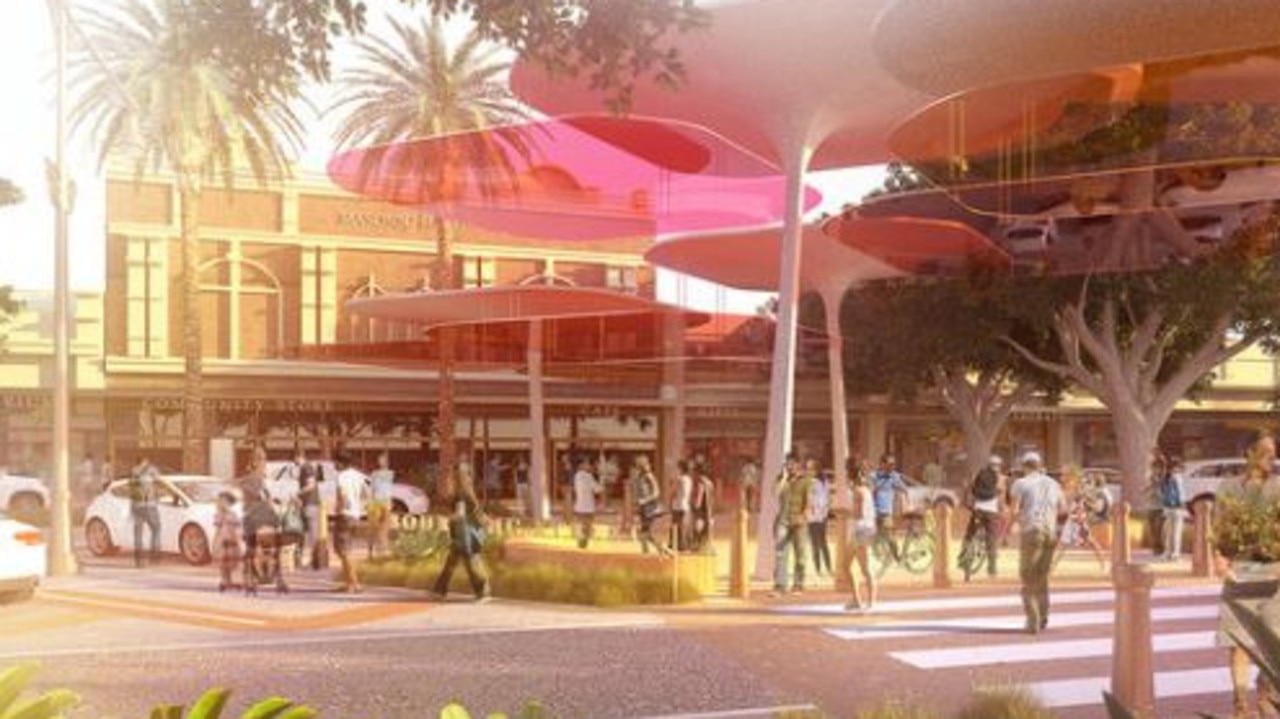
Controversial city revamp put on ice
In 2017, it took one day for criticism to bubble up around Bundaberg Regional Council’s ambitious $16 million plan for the city’s heart.
Locals were told to expect an enhanced and beautified city, with recreation capsules where locals could sit and take in the sights while shaded by giant mushroom-like structures not unlike something from a futuristic sci-fi movie.
The council had also boldly envisioned Bundaberg Hospital and CQUniversity picking up and moving to the city heart, however, the vision was seemingly not shared by the two major organisations.
Detailed designs for the plan came in at price of $1.589 million, which angered some, including a local book store owner who said he had counted 42 empty shops and that he didn't believe beautification would do anything.
Ultimately, plans were put on hold due to a lack of funding.
Bundaberg Regional Council director for strategic projects and economic development Ben Artup recently told this publication that all had not been lost after the futuristic plans for the CBD were put on ice, as the council had dedicated efforts to the riverside revamp which would, in turn, boost the area.
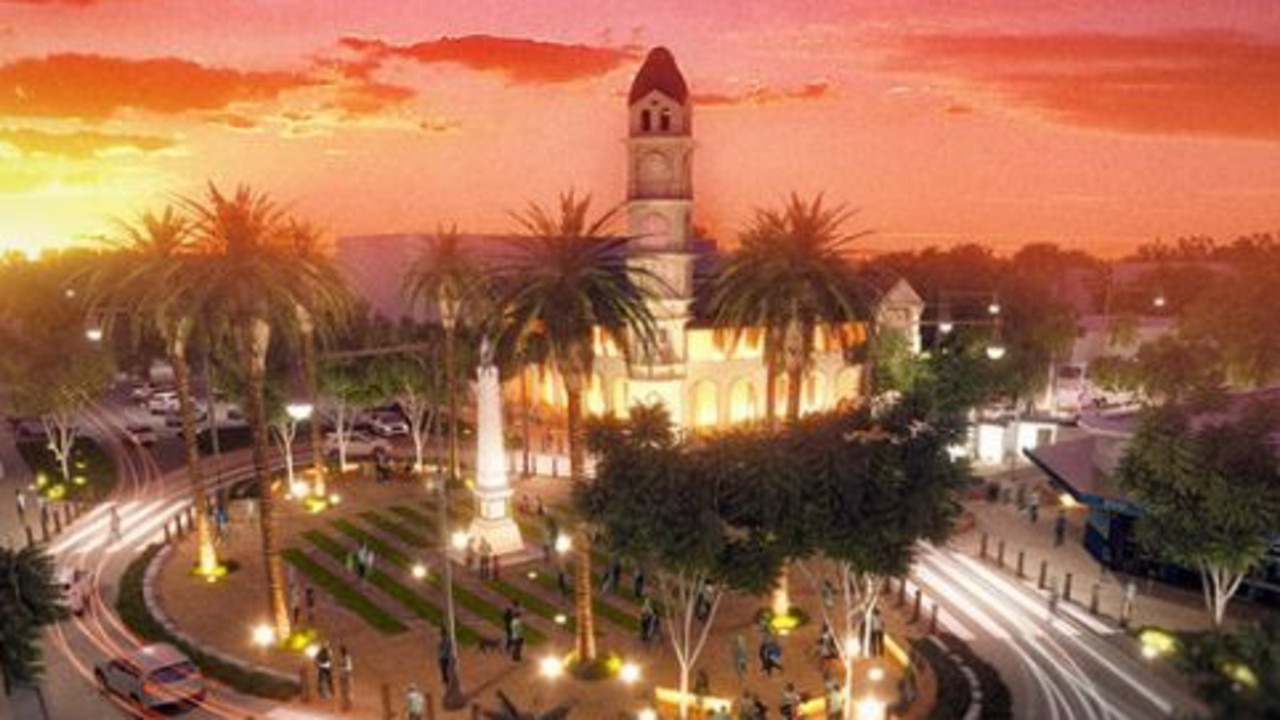
Mid-last year, demolition crews started moving in, removing various older buildings and controversially removing the historic Anzac Pool.
“Council has progressed the redevelopment of the Anzac Park precinct which will revitalise the riverside and CBD precincts,” he said.
“The Civic and Cultural Arts precinct remains an important part of Council’s strategic vision for the Bundaberg CBD and we will continue to seek state and federal funding support to make this vision a reality.
“We were pleased to start work on the first project as part of the Civic and Cultural Arts precinct in the revitalisation of the iconic Wintergarden Theatre (old Blockbuster building) building into a community hub.”
Mr Artup said it was important to look at the visions as part of a long-term strategy.
“Without these plans and strategies in place, council would be ineligible for funding opportunities from other levels of government,” he said.
But Mr Artup said plans to revamp the CBD were held up by a perceived snub from the Hinkler Regional Deal.
The regional deal represented an alliance between the government and Bundaberg and Fraser Coast councils, set in stone in January 2020 with the vision of providing $260 million dollars in project funding between the Bundaberg and Hervey Bay areas over the next five years.
“In 2019 council put the Bundaberg CBD revitalisation project forward to the Federal Government for funding under the Hinkler Regional Deal. This included significant capital funding by council after lengthy community engagement,” Mr Artup said.
“Unfortunately, the Federal Government did not support the project, nor did it fund any Bundaberg Regional Council infrastructure under the deal.”
Mr Artup said the Federal Government had been the cause of problems for the project.
“Our frustrations with the deal were mirrored by the State Government which withdrew from the Hinkler Regional Deal over a range of challenges in working with the then Federal Government,” he said.
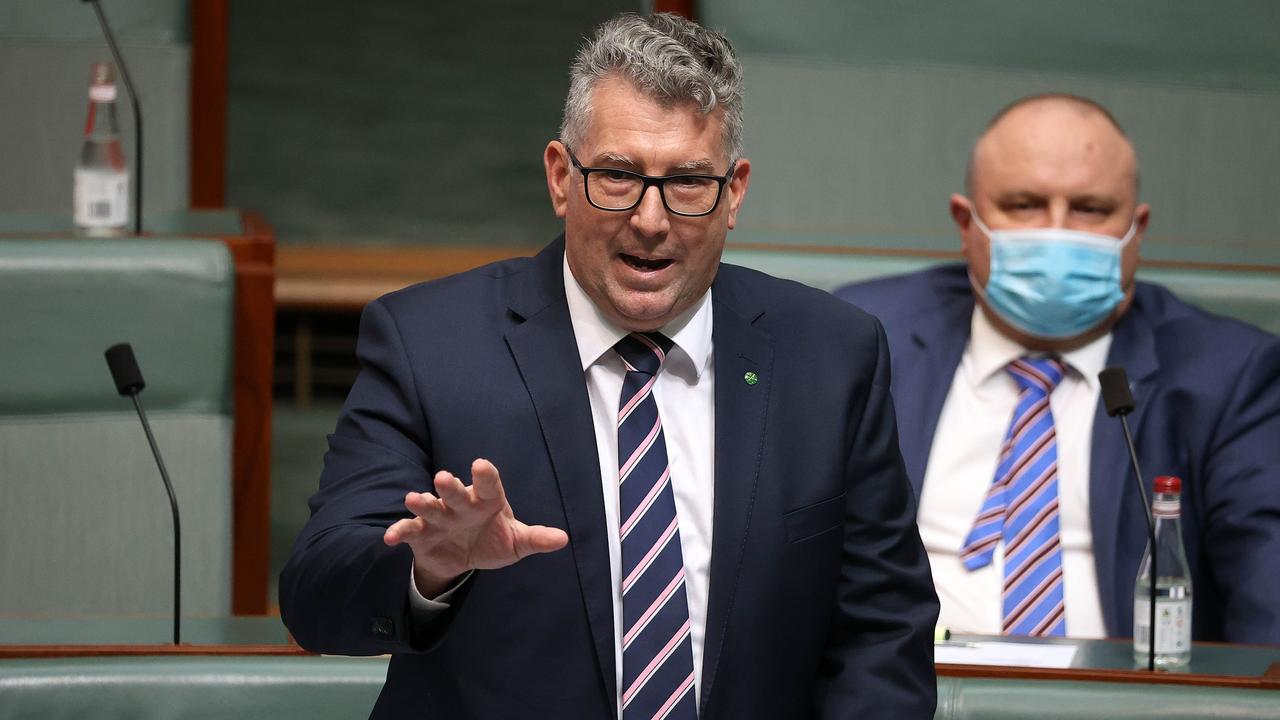
Pitt: Council makes its own calls
Member for Hinkler Keith Pitt hit back at the council’s claims about the regional deal he’d played an integral part in, saying the council had received millions in funding for its projects.
“The Quay Street demaining was the number two priority on the Bundaberg Regional Council’s list for the Hinkler Regional Deal and this project received $32 million from the Federal Government,” he said.
“Diverting heavy vehicles and commuter traffic from Quay St was identified by the council as necessary to connect the riverside with the Bundaberg CBD.
“The council also had the upgrade of Anzac Park on its priority list for the deal and this project received $5 million from the Building Better Regions Fund.”
Mr Pitt said there were many worthy projects in the region that had been in need of a cash boost.
“Which Hinkler Regional Deal project does the council not consider worthy of funding?” he said.
“The Royal Flying Doctor Service aviation training facility? The Hinkler AgTech Hub? The upgrade of the Buxton Road intersection? Or the common user infrastructure at the Port of Bundaberg?”
“Bundaberg Regional Council makes its own decisions on what it wants to commit ratepayers funds to, for example, $75.8 million to build the new aquatic centre.”

Councillors’ promises and where they stand
During the campaign period of the 2020 local government election, this publication sought comment from all candidates and incumbents across all divisions on their vision for the Bundaberg city centre.
Now, one year out from yet another council election, we have approached them once again to ask whether they stand by their comments or whether their thoughts had changed.
What they said then:
In 2020, Bundaberg Mayor Jack Dempsey said he wanted to see things like flood mitigation acted on in order to increase overall confidence and was also passionate about taking heavy traffic off Quay St.
Councillor Jason Bartels said the CBD needed to “evolve and be able to survive and become sustainable in the long term”.
He said he believed the proposed beautification would be a waste of money and could cause more businesses to close due to construction hindering trade.
Councillor Tracey McPhee also opposed the plan to revamp the CBD into the future, claiming demaining Quay St, flood mitigation and the riverfront masterplan were the bigger priorities and that the $16 million cost was too high.
She said she wanted to see the city cleaned up, however, with businesses being offered incentives such as in Newcastle in order to bring them back to the city heart and mitigate blight.
Councillor Vince Habermann said the city heart needed a revamp, but only if the funds were coming from a higher tier of government.
Councillor Steve Cooper called for political unity on a level five hospital, water security and flood mitigation.
Councillor May Mitchell erred on the side of caution, saying after all the consequences of the pandemic were taken into account, spending priorities would need to be addressed because they would likely be different than before.
Councillor John Learmonth called for a minimalist city heart with increased parking spaces and a beautified riverbank.
Councillors Bill Trevor and Greg Barnes did not respond to the initial article.
What they said now:
Current councillors were invited to have a say on the comments they made in 2020.
The responses of those who responded are below:
Councillor John Learmonth said his stance had remained the same.
The Division 10 councillor said he was looking forward to the completion of Anzac Park which he said would be a boost for the CBD and for tourism.
“I fully support all council projects which are beneficial to our wonderful region,” he said.
Division 5’s Greg Barnes said he was of the belief the CBD Revitalisation Project was subject to state or federal funding and the council, without his support, had proceeded with two other major projects being Anzac Park and the aquatic centre.
Division 8 councillor Steve Cooper said he had no comment in 2020 and had “no real response” in 2023.
He said comments should come from a council spokesperson as such decisions belonged to all of the council.
For Division 1 councillor Jason Bartels, not much has changed.
“The Anzac Park redevelopment will also be a catalyst for reinvigorating the CBD, and when complete, it will be a drawcard for residents and will entice them to visit the area and I envisage a flow-on effect of the redevelopment of existing properties to meet the changing needs of our community to release the benefits that the increased usage of the area will bring,” he said.

What the future holds
The future of the Bundaberg CBD is set for change - just maybe not some of the change some have expected.
Funding, according to all sources in the know, is the cause of the hold-up with the CBD plans which had once been so ambitiously announced.
A pandemic, housing crisis and the pain of inflation is being felt across the region, with a heartbreaking spike in homelessness.
The council’s equally ambitious plans to remodel Anzac Park and build a highly expensive aquatic centre loom large as projects that could make or break the region in coming years.
There is also no known overlay or guidelines to determine the kinds of shops popping up in the CBD, meaning the look of the city will be determined by the businesses who decide to open their doors.
It’s a case of “if you build it, they will come”, in the council’s vision - a stunning riverside area is set to bring tourists, which in turn will allow the heart of the city to evolve all by itself without the need for millions of council dollars.
The grand plans may be of little comfort to the locals who have nowhere to call home, who must find their place to sleep among the CBD’s empty shops at night.
There’s also the increasingly hot topic of preserving heritage in the name of progress, with recent projects such as the demolition of Anzac Pool and a pending development application that would see a George St Queenslander removed drawing fierce opposition.
There’s no doubting there are big things to come.
Hopefully, the long play pays off for the locals and businesses who are holding down the fort in the meantime.
More Coverage
Originally published as Bundaberg Regional Council fosters Anzac Park development over CBD upgrades



